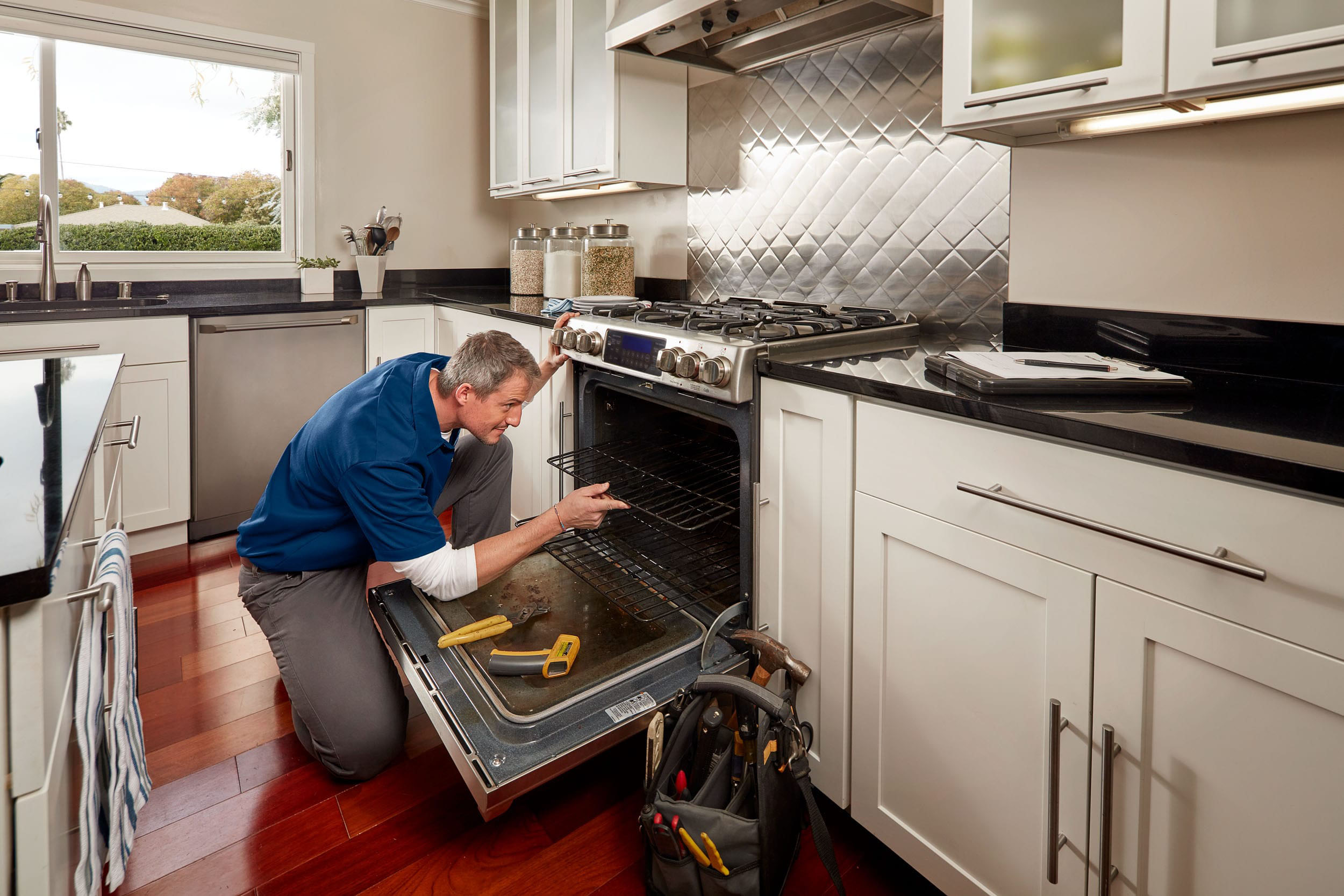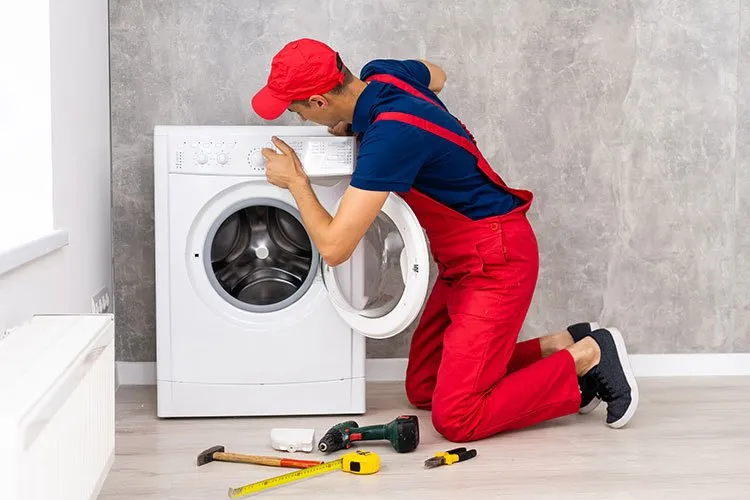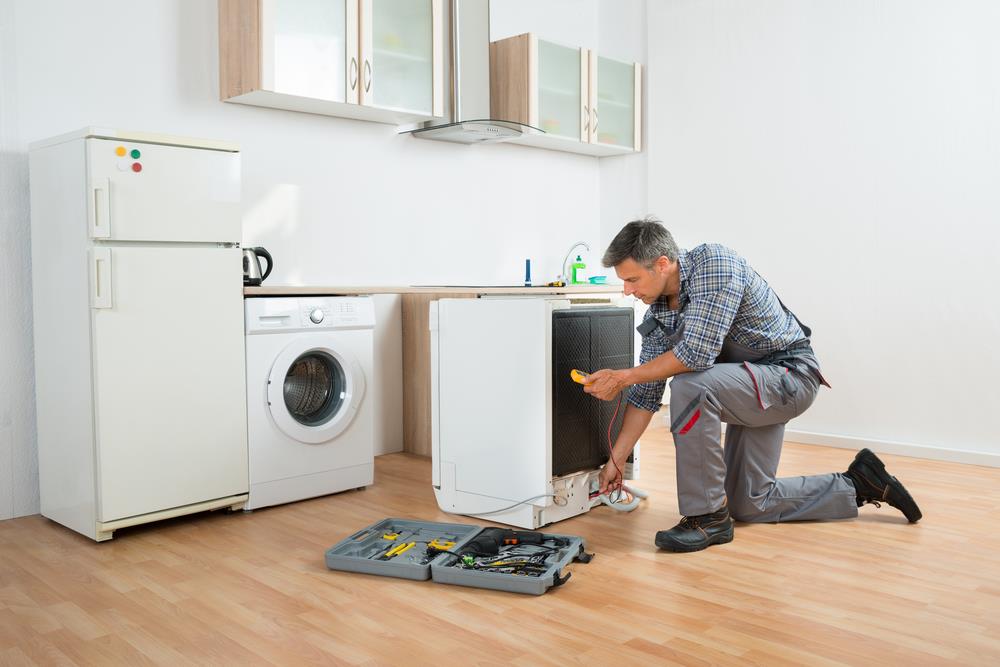Stove Repair in Garland TX typically involves diagnosing the issue, identifying the faulty component, and performing the necessary repairs. Here’s a step-by-step guide on how to handle Stove Repair in Garland TX:
Step 1: Diagnose the Problem
- Identify Symptoms: Determine what issues you’re experiencing with the stove. Common problems include burners not heating, oven not heating, erratic temperature, or malfunctioning controls.
- Check Power Supply: Ensure the stove is receiving power by checking the circuit breaker or fuse box. Replace any blown fuses or reset tripped breakers.
- Inspect Gas Supply (for gas stoves): If you have a gas stove, verify that the gas supply valve is open and there are no leaks in the gas line. Use a gas detector or soapy water to detect leaks.
Step 2: Perform Basic Troubleshooting
- Check Burner Elements: Inspect the burner elements for visible damage such as cracks or breaks. Replace any damaged elements.
- Clean Burner Components: Clean the burner components, including the burner caps, bases, and igniters, to ensure proper ignition and flame.
- Test Oven Temperature: Use an oven thermometer to verify the accuracy of the oven temperature. Preheat the oven and compare the thermometer reading to the set temperature.
Step 3: Perform Repairs
- Replace Burner Elements: If the burner elements are faulty, purchase replacement elements compatible with your stove model and install them according to the manufacturer’s instructions.
- Replace Igniters (for gas stoves): If the igniters are not sparking or clicking when the burner is turned on, replace them with new igniters.
- Check and Replace Oven Igniter (for gas stoves): If the oven isn’t heating, check the oven igniter for signs of damage or wear. Replace the igniter if necessary.
- Calibrate Oven Temperature (for electric ovens): If the oven temperature is inaccurate, calibrate the oven using the temperature adjustment feature in the control panel.
- Repair Control Board: If the stove’s controls are malfunctioning, such as buttons not responding or display errors, the control board may need to be repaired or replaced by a professional technician.
- Check Gas Safety Valve (for gas stoves): If there are issues with gas flow or ignition, the gas safety valve may be faulty and require replacement by a qualified technician.
Step 4: Perform Safety Checks
- Gas Leak Test: If you have a gas stove, perform a gas leak test using soapy water or a gas detector to ensure there are no leaks in the gas line or connections.
- Test for Proper Ignition: Turn on each burner and the oven to verify that they ignite properly and produce a steady flame. Monitor for any unusual odors or sounds.
Step 5: Regular Maintenance
- Clean Stove Regularly: Keep the stove clean by wiping down surfaces, removing spills promptly, and cleaning burner components regularly to prevent buildup and ensure proper operation.
- Inspect and Replace Gaskets: Check door gaskets on the oven for wear or damage and replace them if necessary to maintain proper sealing and heat retention.
Step 6: Call a Professional
- If in Doubt, Call a Technician: If you’re unsure about diagnosing or repairing the stove yourself, or if the issue involves complex components like the control board or gas safety valve, it’s best to consult a qualified appliance technician for assistance.
By following these steps and taking appropriate safety precautions, you can troubleshoot and repair common stove problems and keep your appliance functioning smoothly. Always refer to the manufacturer’s instructions and safety guidelines when performing repairs on your stove.


